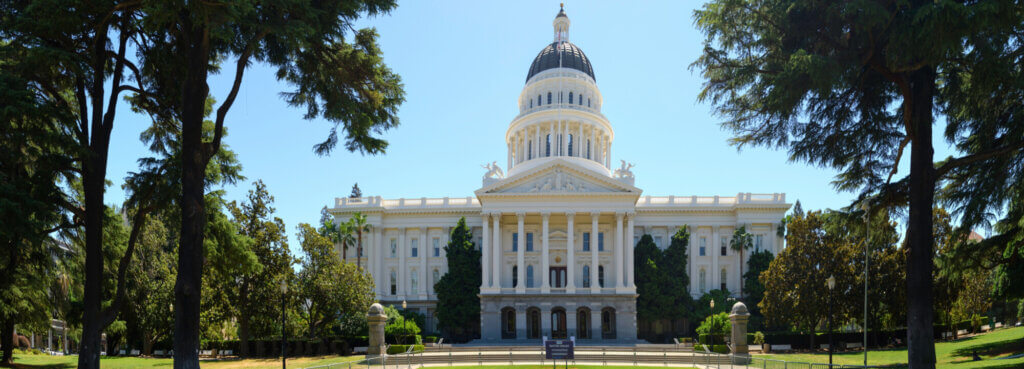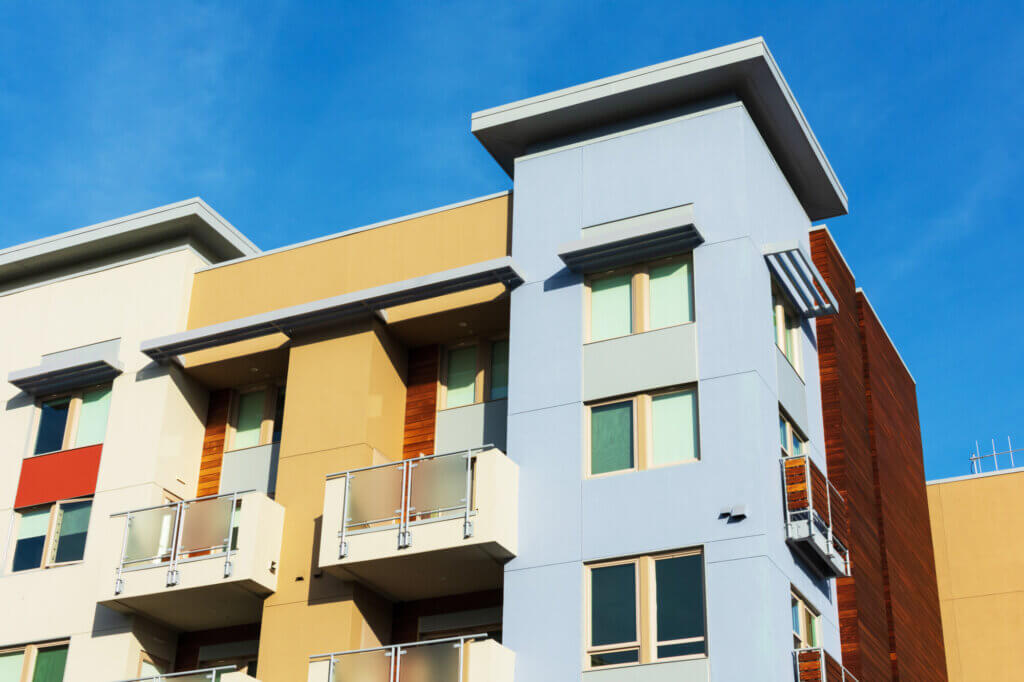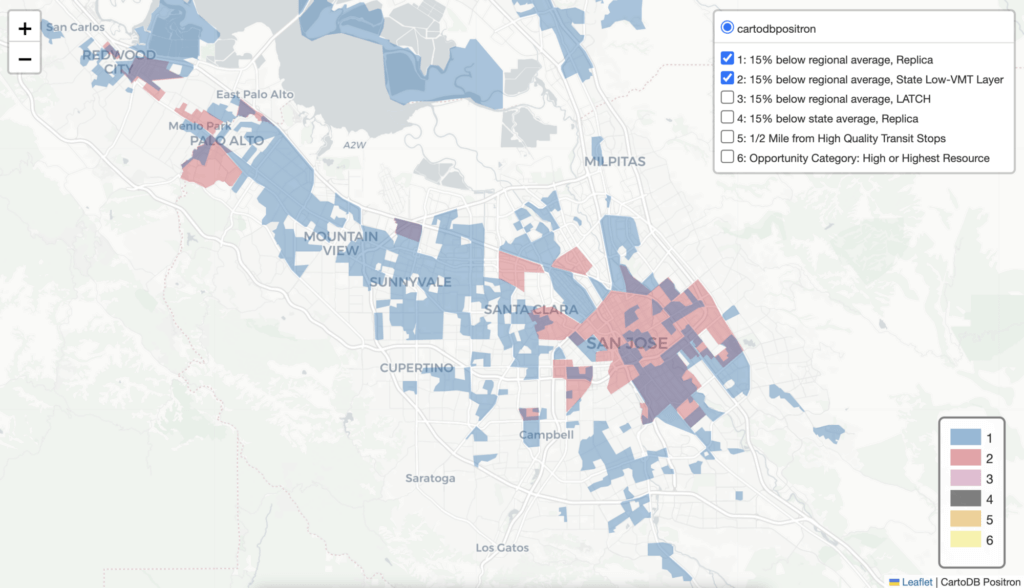Revisiting California’s Density Bonus Law: Analysis of SB 1085 and AB 2345
Published On July 17, 2020
A policy analysis released today by the Terner Center finds that recent legislative proposals—Senate Bill 1085 and Assembly Bill 2345—are a step in the right direction in reforming California’s density bonus law, but further reforms will be needed to ensure the tool is more widely used.
The Terner Center argues that California’s state density bonus law, which allows developers to build new market-rate housing more densely in exchange for making a percentage of the units affordable, warrants improvement. Previous Terner Center research shows that the current density bonus law is infrequently used.
The analysis finds that the proposed bills are unlikely to make new development significantly more financially feasible based on changes to the density bonus law alone. While the changes proposed in SB 1085 and AB 2345 are relatively modest in scope, the bills each target key provisions that need to be strengthened and provide new concessions and added flexibility to existing law.
In particular, the creation of a Middle Income category in SB 1085 is a step towards providing housing for middle-income households that are increasingly cut out of high cost housing markets but for whom no subsidy exists. There is also evidence that these changes will help developers in certain cities to meet more robust inclusionary zoning requirements by expanding bonus density if the new construction includes units affordable to those with very low incomes.
Read the full analysis on the Terner Center website here.





